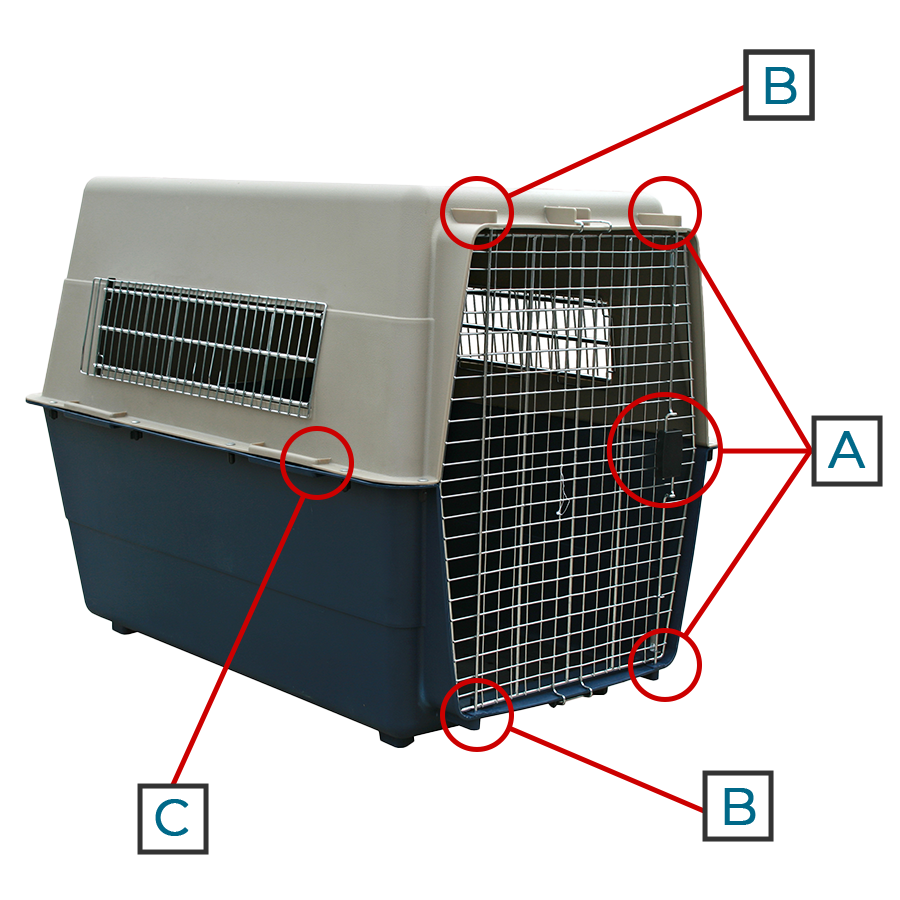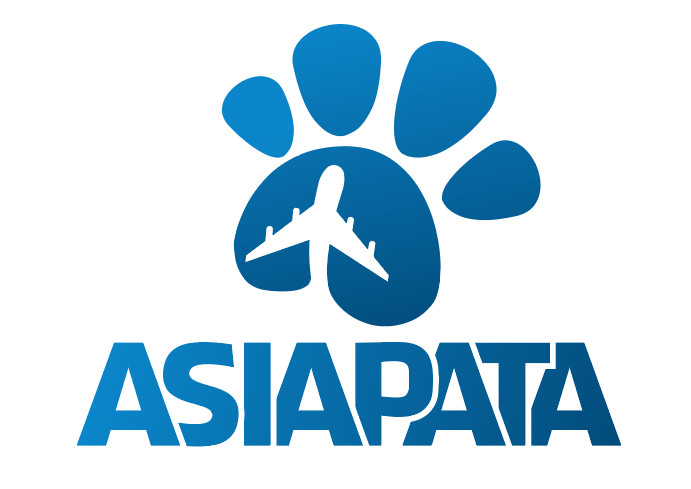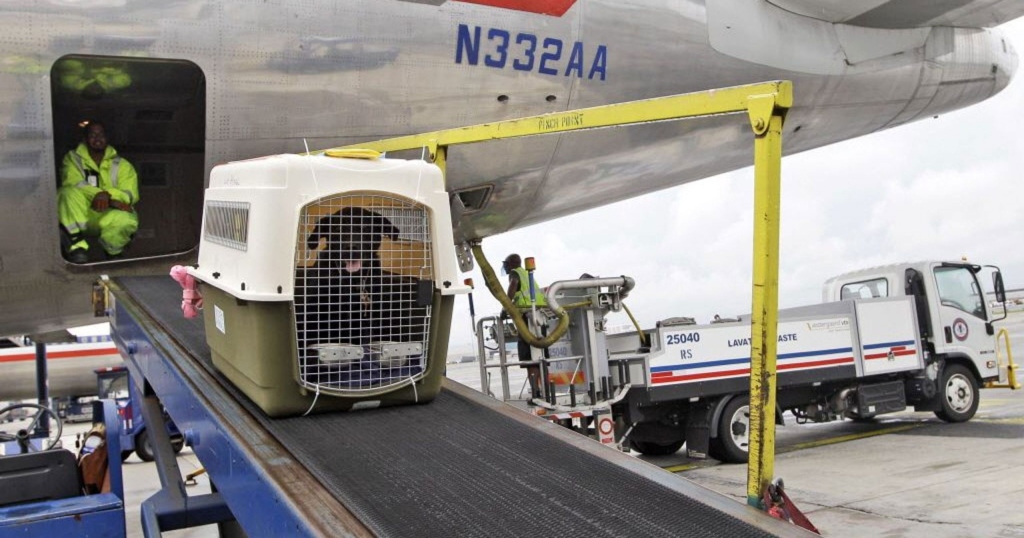Air Transport of Pets from Japan to Vietnam: Key Rules & Steps

Transporting your pet from Japan to Vietnam is entirely possible—with careful preparation. Below are the essential guidelines you should follow:
1. Export Procedures from Japan
-
Advance Notification & Inspection: You must notify Japan’s Animal Quarantine Service (AQS) at least 7 days prior to departure and arrange for an export inspection
-
Microchipping: Pets must be implanted with an ISO 11784/11785-compliant microchip before the first rabies vaccination.
-
Rabies Vaccination: Dogs and cats require at least two rabies shots, spaced over 30 days apart, after microchipping.
-
Certifications: A certified veterinarian must issue documentation attesting to microchip details, vaccinations, and general health. These must be recognized by the prefectural quarantine office.
2. Airline and IATA Transport Requirements

-
Advance Booking: Airlines such as JAL and ANA require early reservations to ensure space for pet crates in the cargo hold.
-
Crate Standards: Crates must follow IATA specifications—rigid, ventilated, leak-proof, secure, and sized so pets can stand, sit, lie comfortably. Wheels must be removed or secured.
3. Import Requirements into Vietnam
-
Microchip & Vaccinations: Pets entering Vietnam must have an ISO-compliant microchip and a valid rabies vaccination administered between 30 days and 12 months before entry. Additional shots (e.g., distemper, parvovirus) are strongly recommended.
-
Parasite Treatments: Pets should receive internal and external parasite treatments 5–7 days before arrival, documented in health certificates.
-
Health Certificate & Official Endorsement: A licensed veterinarian must issue a health certificate within 7 days of arrival, endorsed by a government authority.
-
Import Permit: No permit is needed for up to two pets traveling with their owners. An import permit is required for more than two.
-
Entry Points: Pets may enter Vietnam via air through Hanoi (Noi Bai), Ho Chi Minh City (Tan Son Nhat), or Da Nang International Airport.
4. Arrival & Inspection in Vietnam
-
Quarantine Check: Upon arrival, pets undergo inspection by veterinary authorities. If they are healthy and documentation is in order, they are cleared.
-
Fees & Compliance: All inspection and clearance costs are the responsibility of the importer. Any further treatment required will also be charged
Final Tips
-
Start early—the process involves multiple steps and tight timing.
-
Coordinate with airlines—booking space and confirming crate requirements is crucial.
-
Double-check documentation—accurate, endorsed certificates ensure smooth clearance.
-
Consult professionals—veterinarians, pet relocation specialists, and Vietnamese authorities can help navigate complexities.
xem thêm:
Quy định vận chuyển thú cưng bằng đường hàng không từ Philippines đến Việt Nam
Dịch Vụ Hút Chân Không Tôm Khô Gửi Đi Phần Lan Hút Chân Không Xanh – Chất Lượng, An Toàn, Giá Tốt

